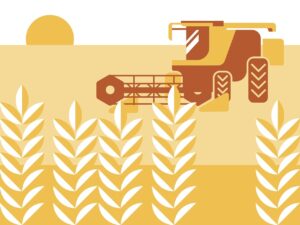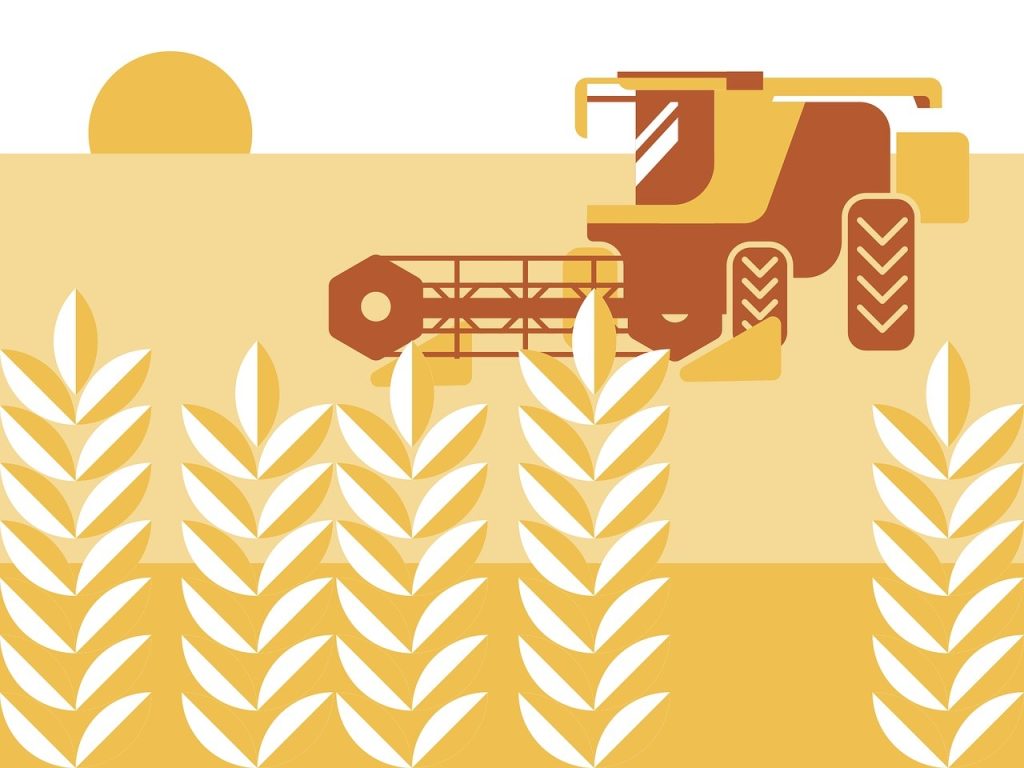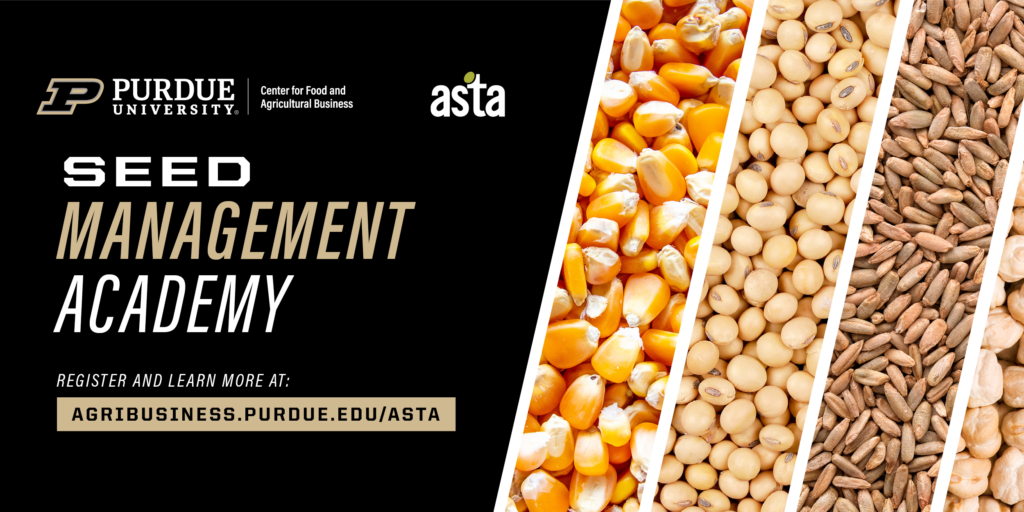Reviewer
Dr. Brady Brewer, Assistant Professor
Article
Crop Protection Market Segmentation: Relationship Between Buyer Segments and the Use of Digital Sales Channels
Source
International Food and Agribusiness Management Review
Summary
This article examines different market segments of the crop protection market and how that is associated with the multiple market channels that can be used to reach the farmer customer. Once segments were formed, the authors then analyzed how each segment chose to interact with the digital environment. Previous research has shown adoption of the e-commerce channel has been low; however, there is an increasing willingness amongst farmers to explore digital solutions. There is also a high degree of heterogeneity amongst farmers in their desire to engage with these digital solutions.
Previous Segmentation Research
Previous research done here at Purdue by Gloy and Akridge (1999) and Borchers et al. (2012) identified four segments of farmers: balance (57%), price (18%), performance (14.4%) and convenience (10.6%). This data came from the Purdue Large Commercial Producer Survey conducted in 2008. Despite fairly different behavioral characteristics, it was found that the different segments had similar product preferences when looking at either crop or livestock products. This current study found many similarities between the U.S. segmentation efforts and their E.U. farmer segmentation.
Digitization of Agricultural Trade
Enter digitization. Agriculture is undergoing a digital transformation where technology is shaping how and when we do business. Even though direct purchasing of agricultural inputs has been slow to adopt, technology has reshaped farmers’ purchasing journey. Pricing and product information is now readily available. Even with the increased digitization and information available to farmers, the attributes that farmers select their products on have remained constant: price, availability of products and brands, ease of purchase and availability of consultants (Eckelkamp, 2019). Thus, it is crucial players in agribusiness know whether there is a relationship between the basic purchasing behavior for crop protection products and the usage behavior of digital sales channels.
Clustering Results and Digital Use
This study found five distinct segments of farmers: relationship (20%), independent (17%), balance (21%), persistent (19%), and service comfortable (23%). Attitudes among these five clusters toward e-commerce were aligned across the customer segments. While there were some notable differences such as the perceived benefits from purchasing online, the usage rate of e-commerce as it stands was similar among segments. However, certain clusters such as the independent farmers expressed a much higher willingness to use e-commerce in the future.
What this means for Food and Agricultural Business
This study has several important implications for the food and agricultural value chain, especially for those agribusinesses that serve farmers. First, segments of farmers have been stable across time even with the rapid adoption of digital tools and information available for farmers. One key point the authors do argue is that this has created an increasing service orientation that agribusinesses should follow as opposed to the more traditional price performance model that has been used in the past.
Second, the usage of digital tools seems to be consistent across the farmer segments. However, farmers do disagree on certain aspects of e-commerce such as the main benefit from using digital tools (e.g., saving money vs. saving time). The farmer segments do appear to have differing views on their willing to buy products online in the future. The farmer segment called “independent” had the highest willingness to purchase products through an online platform in the future.
Overall, digitization of the agricultural value chain has transformed how and when we do business. Agribusinesses need to understand how this impacts the value proposition they are offering to their farmer customer. No matter if you subscribe to the more traditional price performance model or are adhering to the service orientation model, knowing how your farmer customer is using digital platforms to interact with your company is critical in keeping that relationship with the farmer strong.




